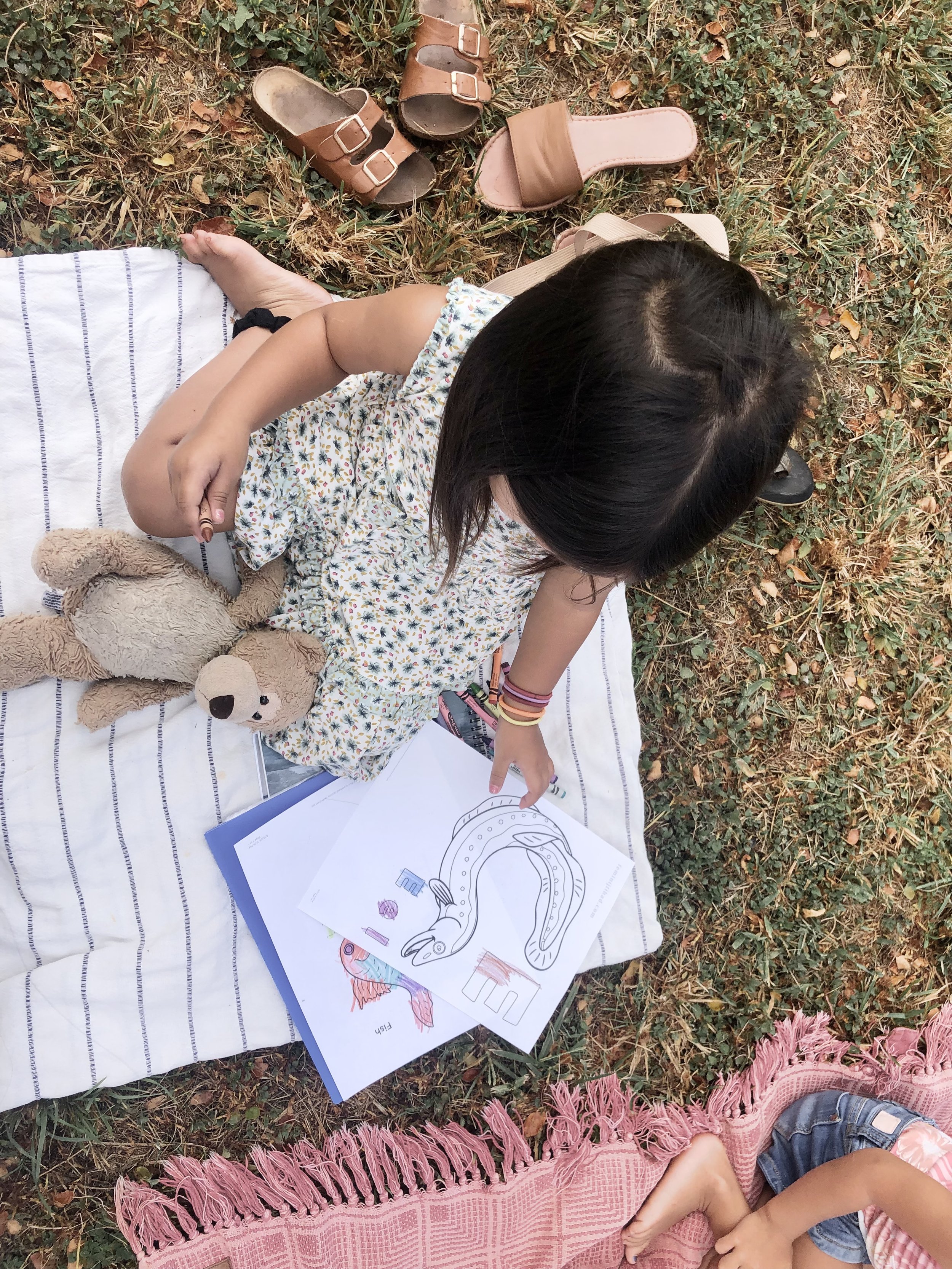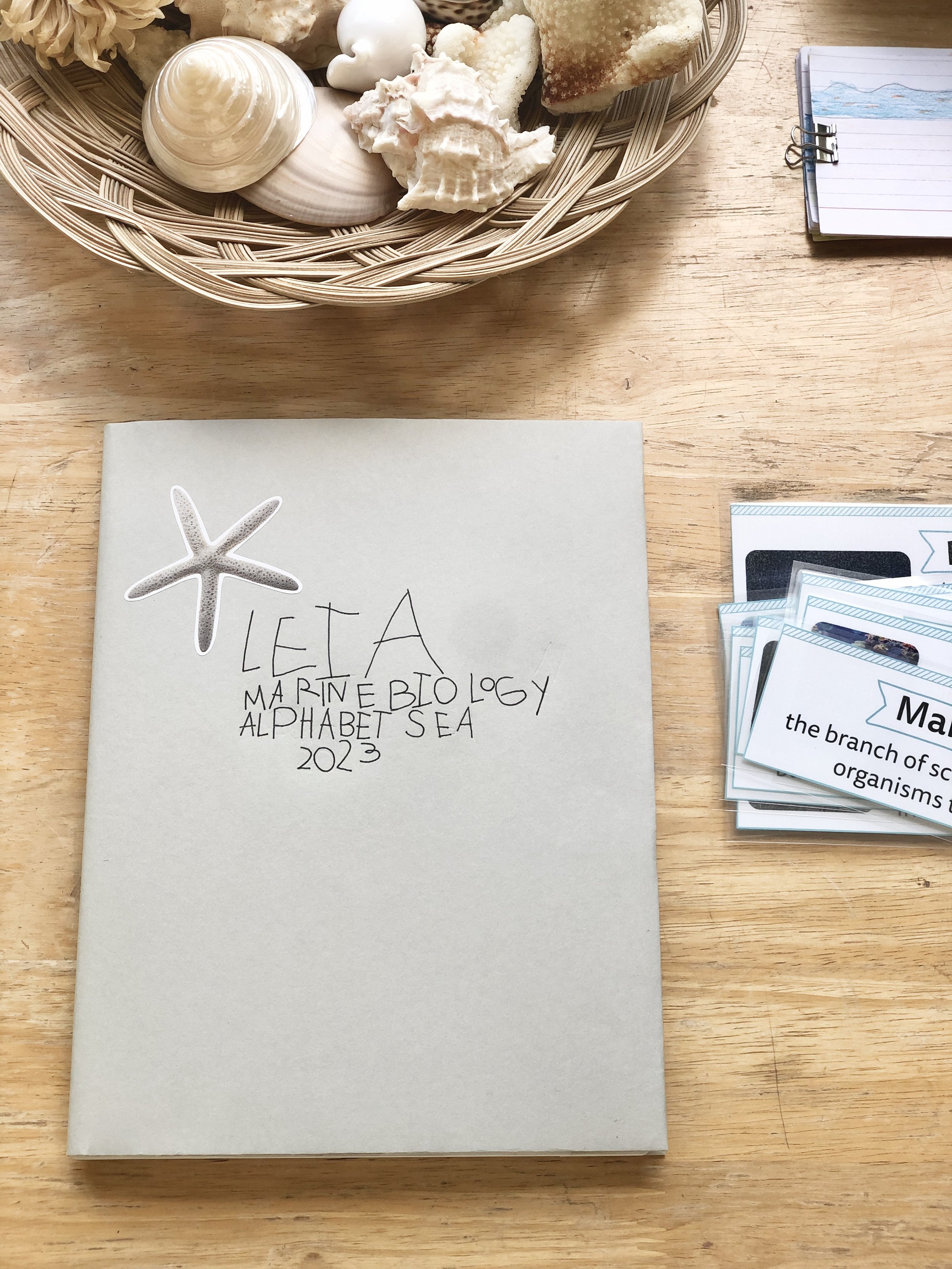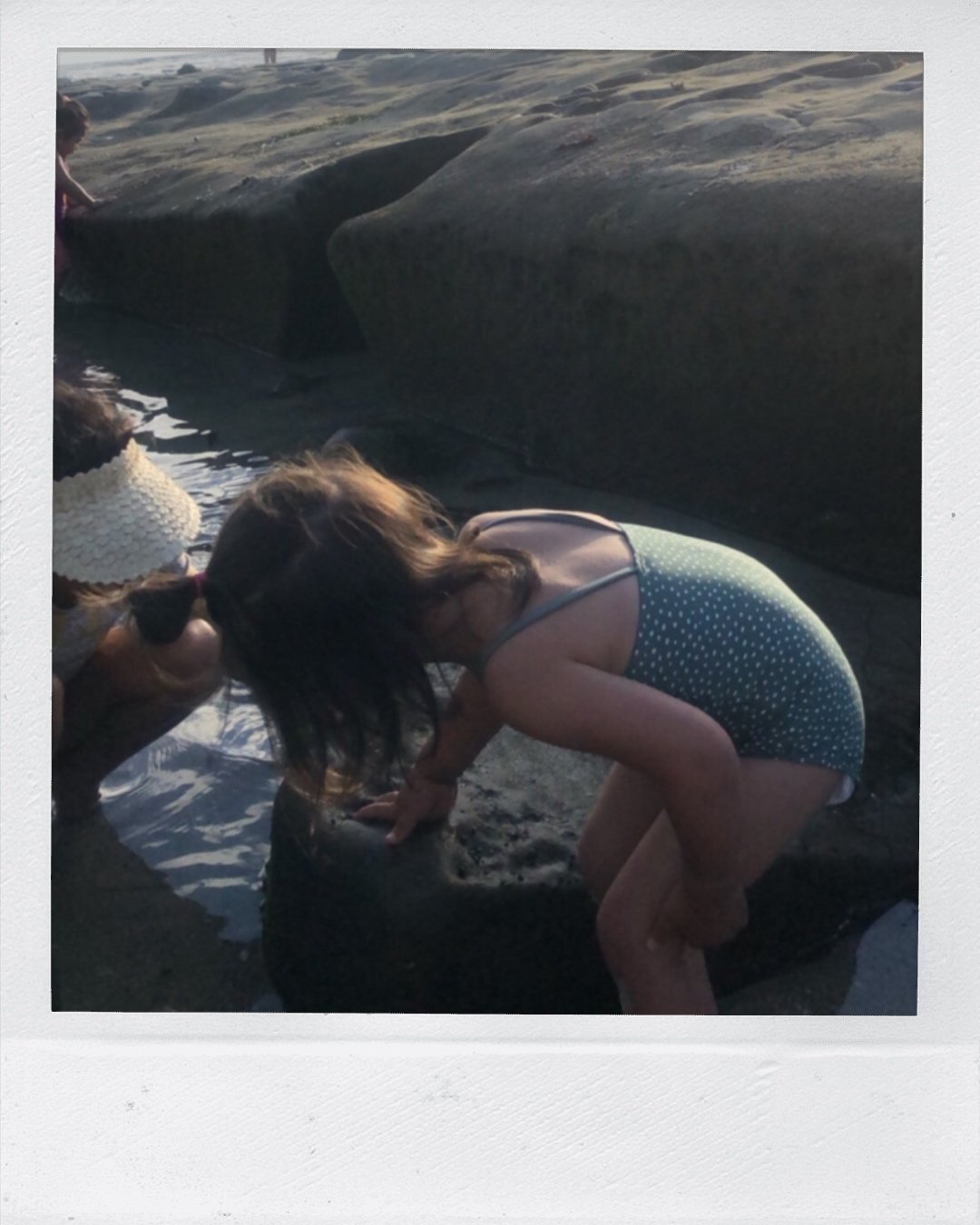Our beautiful summer days of leisure are quickly tapering off, and it is time to sit down to plan the menu. I am mustering up the mental energy to work and trying to not get distracted while the girls are out of the house this morning at a drum workshop my husband has been teaching on the Northshore every Wednesday. Sifting through e-mails, roaming the online CC forum for clarity, walking through curriculum, and organizing binders and bookshelves feels less like a chore with a home-brewed latte and John Mark McMillan on loop! Preparing for a school year is like sailing out into the open sea— eagerly expecting beauty and adventure, praying for wind in our sails, longing to reach the destination, and hopefully no shipwrecks.
Planning the feast for homeschooling is a checklist of having everything physically in hand and, as a teacher, familiarizing myself with the content of the curriculum. I like to review the lesson plan schedule(s) and mentally walk through the days in advance to ensure our weeks will run smoothly. Training the girls to be ready for school by 9 a.m. after summertime is like teaching them how to ride a bicycle again, so we practice the morning routine as usual on a school day— a few weeks leading up to the first day of school.
Thankfully, I don’t have much to edit in or out of our curriculum—maybe specific crafts I don’t foresee us doing or the hope to linger longer on a subject. By week 5, I anticipate that our lessons must be tailored to individual learning abilities and pursuits, and our home schedule between my husband and I may require shifting. The aim is always for a seamless weekly rhythm and finding a good balance that works for our whole family.
We are diving back into U.S. history and government, which feels like the wind in my sails after studying the timeline and governments of European and Asian history. I like the relevance in our lives and how tangible it is to teach since we are, after all, on American soil!
x jena
A BASIC OVERVIEW
HISTORY & GEOGRAPHY
In addition to our Foundations Cycle 3 U.S. History memory work this year, we are using The Playful Pioneers Volume II. Three years ago, I went through The Playful Pioneers Volume I with Ema for Kindergarten while Evie (2nd-year Essentials) was going through IEW U.S. History writing lessons.
I love how CC programs are all intertwined together; families with multiple children all at different grade levels are studying the same topics. Our bookshelves this year will be filled with American literature at different reading levels, encouraging the girls to help each other study and read books to one another!
MATH
We use Saxon Math: Math 1, Math 3, and Algebra 1. Leia will be using a Montessori Math workbook for preschool.
SCIENCE
I review our botany and nature books every school year to build on vocabulary and understanding of the natural world through art and observation. The girls also do labs and more significant science projects on our CC seminar days with their tutors and classmates. This year in CC, they will study human anatomy, the periodic table, and the Theory of Evolution vs. intelligent design.
Language Arts, reading & writing
We use IEW as our resource for writing and Our Mother Tongue for grammar lessons. Simple and short reading lessons come out of McGuffy’s Readers.
Challenge 1
Students in the Classical Conversations Challenge 1 program study in 6 different strands: logic (algebra), grammar (Latin 1), research (Physical Science), reasoning (Traditional Logic 1 and Drama), exposition (American Literature), and debate (American Government and Economics).
































